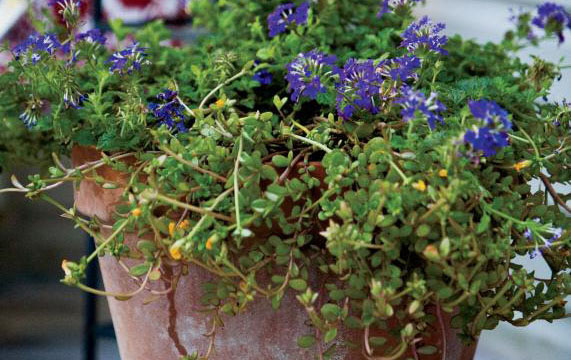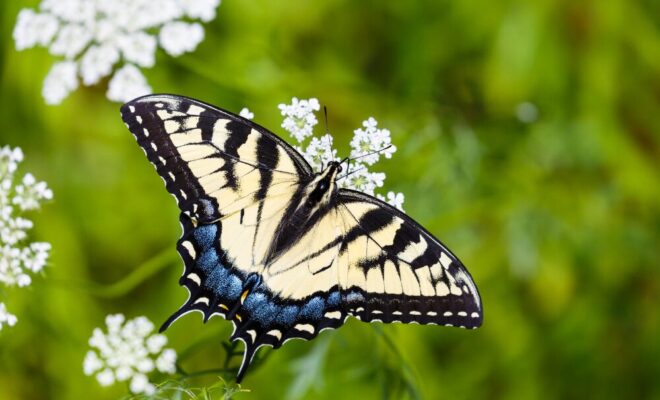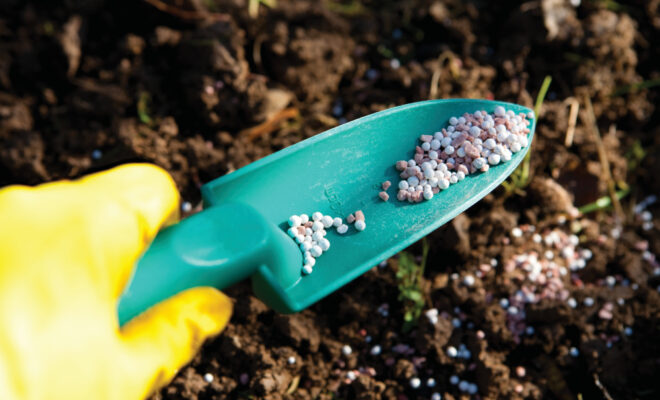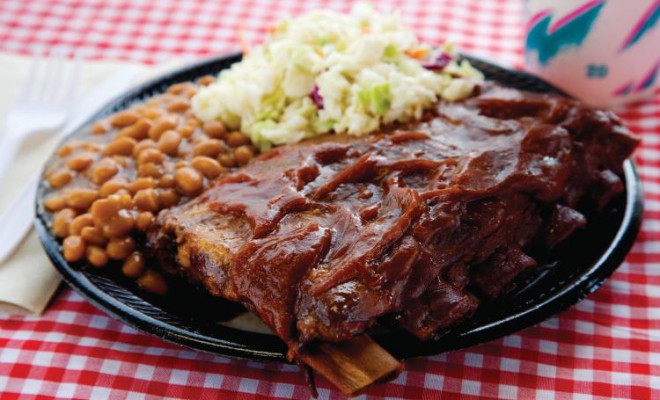Do you suffer from garden-space envy? Is there a gardener trapped inside just waiting to burst out if only you had some real estate in which to grow things? Take heart! There is an easy answer. When your only space is a deck or patio, container gardening is for you.
The first step is choosing what kind of pot to use. Unless you have indoor storage available in the winter, pick a winter-proof container like resin, plastic, metal or glazed and sealed clay.
Fill it with a soil-less mix. Do not use dirt from your yard. It dries out too fast, shrinks away from the sides of the pot and then is really hard to re-wet because the water flows around the soil ball and out the bottom. Did I mention you need a drainage hole in the bottom of your container?
Now that you have a pot filled with a potting medium, the fun begins. Several years ago I read about “thrillers, fillers and spillers” in an article by Steven Silk in Fine Gardening magazine, and it’s a great model for creating an eye-catching container.
The thriller is one tall, usually central, plant that demands to be noticed. It is the main attraction. Try purple millet, canna, spike, tall annual red salvia, or purple fountain grass. Whatever you choose, make it an attention grabber.
The filler is just that. It fills in the space from medium height down, covering the base of the thriller and the soil. It can be three or four plants of a single species or a variety of plants that grow to a similar height. There are a lot of filler choices. I’ve used coleus, petunias, annual vinca, verbena, the smaller ornamental grasses, marigolds, snapdragons, lantana, calibrachoa, licorice plant, dusty miller, nicotiana, geraniums and gerbera daisies.
The spiller cascades down the outside of the pot. Try sweet potato vine, sweet alyssum, lysimachia, ivy geranium, vining vinca or nasturtiums.
The color combos are up to you. Blue and yellow work well together as do burgundy and yellow, or burgundy and pink. Mixing leaf shapes and textures adds a lot of visual interest, so don’t be afraid to experiment.
Also remember that plants grown in pots need significantly more water and fertilizer than those grown in the ground since they aren’t getting nutrients from the soil. I usually water every other day if there is no rain and fertilize once a week with a water-soluble fertilizer. Many potting mediums come with fertilizer as part of the mix, but it won’t last the entire growing season.





